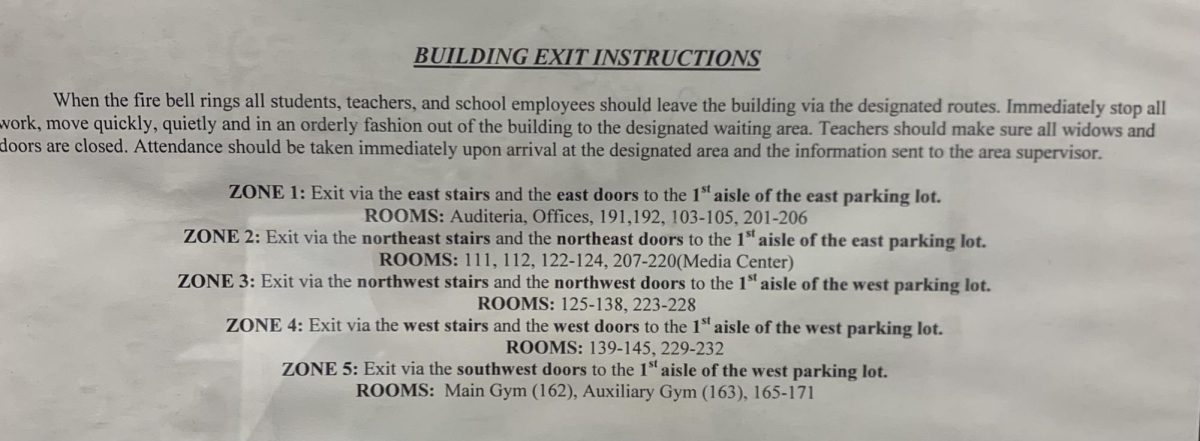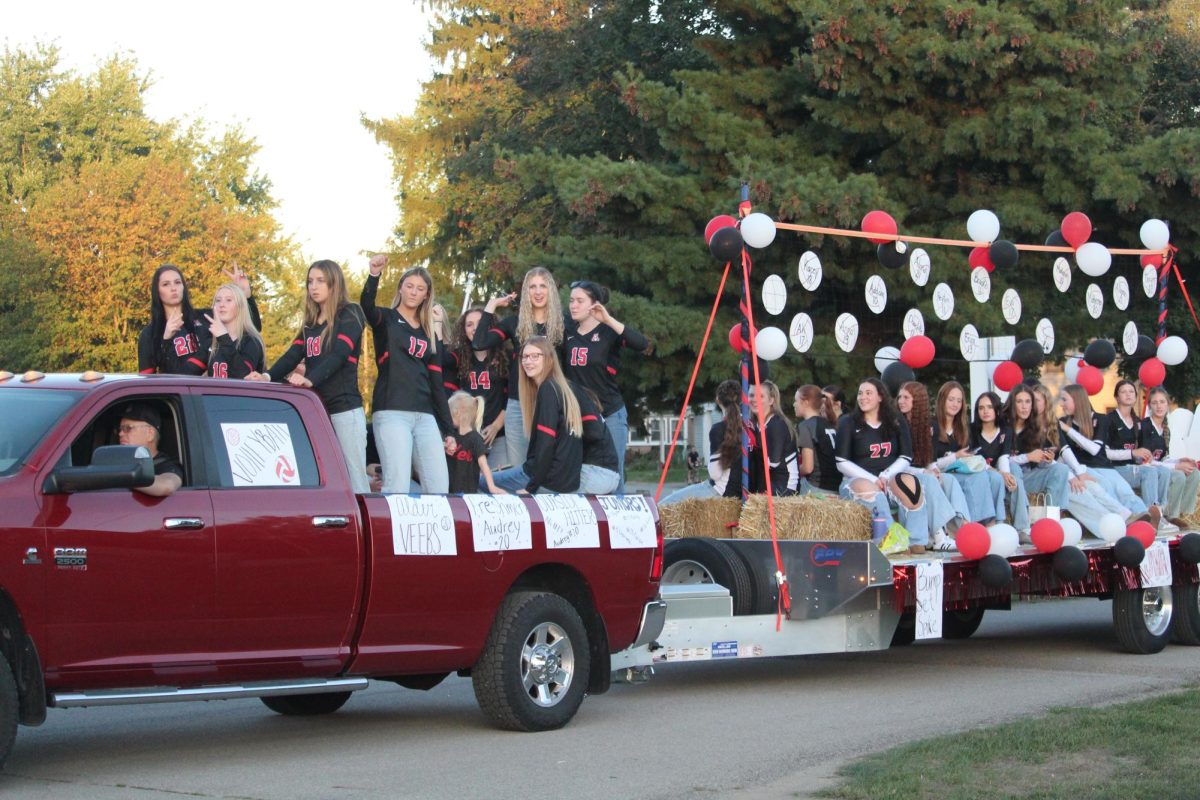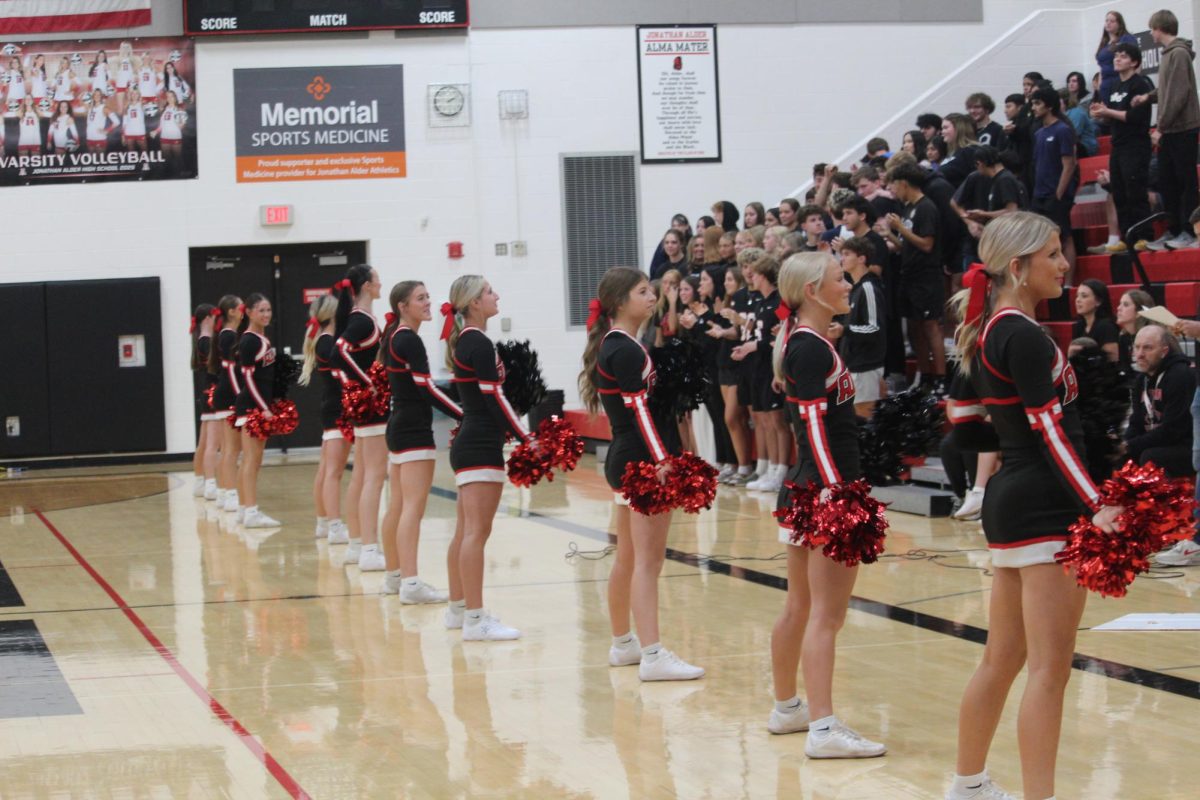On Sunday, November 19th, an alleged threat was made to JA. When it came to the attention of JA staff, local sheriff and police departments got involved, which then led to an investigation. The whole incident has many Alder students wondering about the language around threats to schools and how these things are handled.
On Monday, November 20th, 2023 at 5:51 AM, following the threat investigation, an email was sent out to all Jonathan Alder families that read,“Dear JAHS Families and Students, Last evening we received information of a possible threat. The Madison County Sheriff’s Department was contacted and investigated the situation. They determined that there were no credible threat to JAHS students. Madison County Sheriff’s Department and Plain City Police Department are both aware of the situation and our School Resource Officer is present at school today. Jonathan Alder High School is safe to send your students to school today.”
Following the message, some students and families chose not to attend school despite the message from the district saying that the threat was not credible. Language around the event–the idea of a credible vs. not credible threat–left many students confused about what was actually happening and a need for some context about events like this.
The first recorded school shooting in the world occurred in 1764, but the whole world didn’t get a taste of the gravity of that kind of situation until April 20th, 1999. The Columbine school shooting was the first and most deadly school shooting in U.S. history. It recorded a total of 39 casualties that consisted of 15 deaths, and 24 injuries. It was an event that brought unenumerated awareness to the topic of school shootings.
In the year 2023 alone, so far there have been 77 mass school shootings in the United States. When the COVID-19 pandemic hit, the annual number decreased, but later on, as COVID numbers went down, the number of gun violence-related incidents in schools and on college campuses went up. Now 2022 holds the record for most school shootings in one year with exactly 300 incidents.
It is statistics like this that remind Americans why drills and Public Service Announcements are necessary for keeping us safe in the event of an active shooter. With this said, the term “lockdown drill” might ring a bell for most readers.
A typical lockdown drill starts with an announcement that can be heard throughout the whole school explicitly stating that the drill is just a test. Then teachers lock the doors and turn off the lights and the only instruction students are given is to sit in the corner and be silent until police or emergency medical personnel determine it is safe to exit the building.
In 2015 Lieutenant Joseph A. Hendry Jr Ohio consultant for The Department of Homeland Security for civilian response to active shooter response researched and published his findings on the origin of lockdown drills and how they became the protocol schools issued to protect against active shooter on-premises.
William Modzeleski, an interview subject in Hendry’s training publications, explains that lockdown drills were originally designed for drive-by shootings and were first designed in case of a shooting occurring outside the building.
“Mr. Modzeleski said that ‘lockdown’ tactics were developed in the late 1970’s in Southern California (possibly in the Los Angeles Unified School District). He said that a more accurate description of the tactic would be ‘secure in place.’ Lockdown was developed in response to drive-by shootings and street level crime occurring outside of school buildings.”
Hendry then goes on to explain, “Suddenly, the tactics of traditional lockdown made sense. Curtains pulled helped prevent outside threats from seeing into the classroom and also prevented glass from flying around the room if shattered by gun fire. Lights off prevented shadows from being cast on the curtains, preventing target acquisition by outside threats. Getting down on the floor away from the windows and door allowed the students and staff to be below the level of rounds coming in a window and used the wall below the windows to provide some cover from incoming bullets. Evacuation was not an option because the threat was already outside.”
While the traditional lockdown might not always make sense, that is why schools train for many different types of situations. The state of Ohio requires at least 4 safety drills each school year, and the JA district dedicates the November PD day each year to school safety training for staff members. This training helped prepare students and staff for situations like the threat that happened in November.
JA also has a designated door for visitors with a “buzz-in” system and other doors are locked during the school day. Visitors must sign in and anyone without a visitor pass is to be reported to the office immediately. After school on Nov 20, the district also issued a letter reminding the Alder community about the “See something, Say Something” policy and resources.
Speak Up For Safety Email Address: [email protected]
Speak Up For Safety Phone Number (Voicemail/Text): 380-217-3077
Language you should know
Especially when tension is running high concerning student safety, it’s sometimes confusing to know what language means what. Here are a few key terms that might be helpful when navigating information about school safety.
Active shooter: an individual actively engaged in killing or attempting to kill people in a confined and populated area; in most cases, active shooters use firearms and there is no pattern or method to their selection of victims.
Credible threat: a threat that the maker is expected to carry out.
Lockdown: a lockdown is a safety procedure used during an emergency.
Mass shooting: a mass murderer that kills four or more people in a single incident (not including him or herself), typically in a single location that has public access.
Perimeter: the boundary of a closed plane figure; the length of a perimeter; a line or strip bounding or protecting an area
School Resource Officer: SROs are sworn law enforcement officers responsible for safety and crime prevention in schools.
Shelter in place: get inside and stay put inside a building or vehicle. Where you should stay can be different for different types of emergencies.
Threat: a threat can be a written or spoken intent to cause injury or death to another person or groups of persons. A threat does not have to be expressed in words. It can be the presence of a collection of behaviors known to indicate that an individual is intent and capable of inflicting harm and therefore, poses a threat to others.








